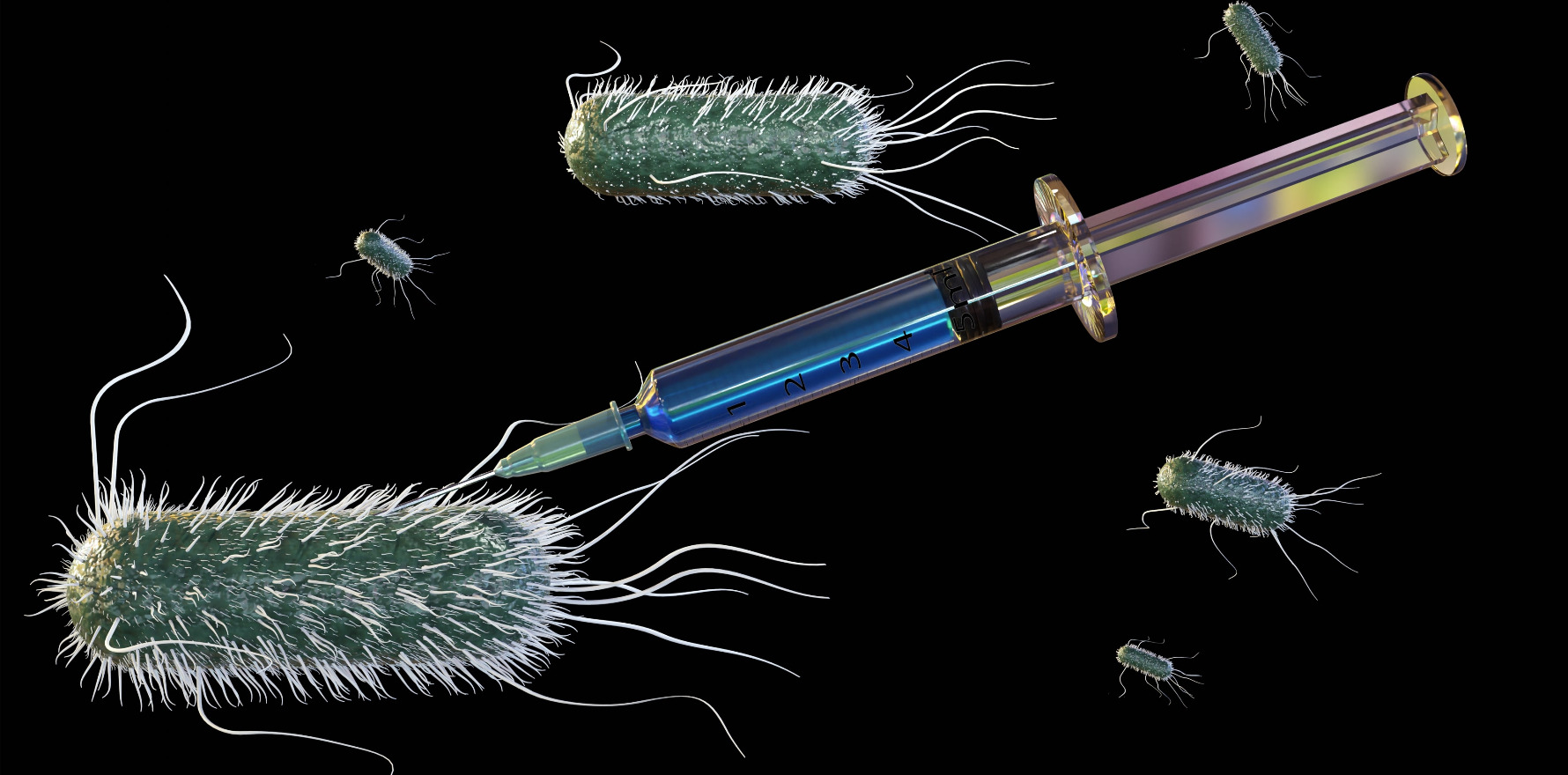If all goes well, it will be with us before antibiotics stop working.
It’s a bleak prospect, not having antibiotics to treat urinary tract infections.
Fast advancing antibiotic resistance is bringing that reality closer, but researchers at the University of Technology Sydney are working on a project to make treatment unnecessary, by preventing infections in the first place with a vaccine.
Researchers are working towards an mRNA vaccine – the kind that we all took a crash course on in early covid years – against the specific strains of Escherichia coli responsible for over 80% of UTI cases, with an eye to preventing the chronic infections that so greatly affect quality of life for people who are vulnerable to them.
They’re looking for susceptible proteins on the surface of the right strains of bacteria to then target with the mRNA vaccine.
It is a little bit like looking for a needle in a haystack, but using people who are especially eagle-eyed, with a vast knowledge of needles and of haystacks. And there’s a grant too – $1.8 million from the federal government’s Medical Research Future Fund – to accelerate the research, which is trying to outrun the pace of antimicrobial resistance.
“It’s known that there are certain strains of E. coli that are resistant to multiple antibiotics and those are being spread across the world at the moment. We’re worried the resistance levels could be quite damaging very quickly,” said Associate Professor Iain Duggin, deputy director of the Australian Institute for Microbiology and Infection at UTS, who is leading the work with his team, in conjunction with the CSIRO and UNSW.
The mRNA vaccine will work in a very similar fashion to the covid vaccine. Like viruses, bacteria have proteins exposed on their surface that interact with the cells of the host, such as those on the surface of the bladder. When these protein sequences are encoded into mRNA and injected, they are expressed in the host and generate an immune response.
“But the whole problem with bacteria is that they’re much, much more complex than viruses, so that gives us more options, but it also makes it harder to know which ones might work and which ones might not,” Professor Duggin said.
“The bacteria can be evasive of some vaccines, which is why we have to try them out and formulate and test a number of them. And that’s the project – to test what formulations of the messenger RNA and the particular target proteins on the bacterial surface work best in the context of a real infection.”
The aim is for the vaccine to work on two fronts.
The first prong of attack is to interrupt the infection process by stopping uropathogenic E. coli from binding with the surface features of the cells of the epithelial layer of the bladder and invading them.
The bugs can sometimes hide from antibiotics and the immune system in what Professor Duggin describes as this “stretchy” layer of the bladder, making UTIs hard to treat.
And invasion can result in chronic infections, with bacteria lying dormant in the lower layer of the bladder for months, reactivated by unknown triggers and causing acute infection.
Related
The second mechanism is to coat the bacteria with antibodies by binding to them, corralling and inactivating them and clearing the infection.
A big challenge for researchers is to target proteins only on very specific strains of E. coli. Many highly similar E. coli strains are resident in our guts, mostly doing us no harm and sometimes doing us good.
“It’s for a similar reason that we often don’t see good vaccines against pathogenic bacteria; because very, very similar organisms are already present in the gut, and the immune system doesn’t recognise that as a dangerous foreign organism. It’s just part of the system, part of the microbiome of the host,” said Professor Duggin.
To hit the ground running when the time comes for clinical trials, researchers have separately already been working with some patients who have chronic UTIs and characterising the bacteria that are present.
“We’re hoping within the next two to three years to have a prototype vaccine that shows efficacy, that we can then move towards clinical trials,” said Professor Duggin.
The vaccine will initially be given as an intramuscular injection in a trial setting to people with spinal cord injury, a group known to have chronic UTIs because they need an indwelling catheter.
For now, the focus is on populations such as this and others who are susceptible to chronic infection: women, the elderly, even infants.
“They’re the most problematic. Severity of infection is worse, the outcomes are worse for patients, and infections can be really debilitating. They really, absolutely take out their quality of life,” said Professor Duggin.
Professor Duggin said it was possible we would have these vaccines in five to eight years “if things go perfectly well”.
“There’s plenty of hurdles that we could hit in the meantime. But one of the advantages of mRNA vaccines is that they can be tested as to whether they work or not quite quickly.
“It’s a platform technology. So, once we’ve established the basic formulation, we can mix and match with different target proteins that are encoded in the messenger RNA relatively quickly. All the formulations have a very similar makeup. We just vary the order of the messenger RNA sequence.”






